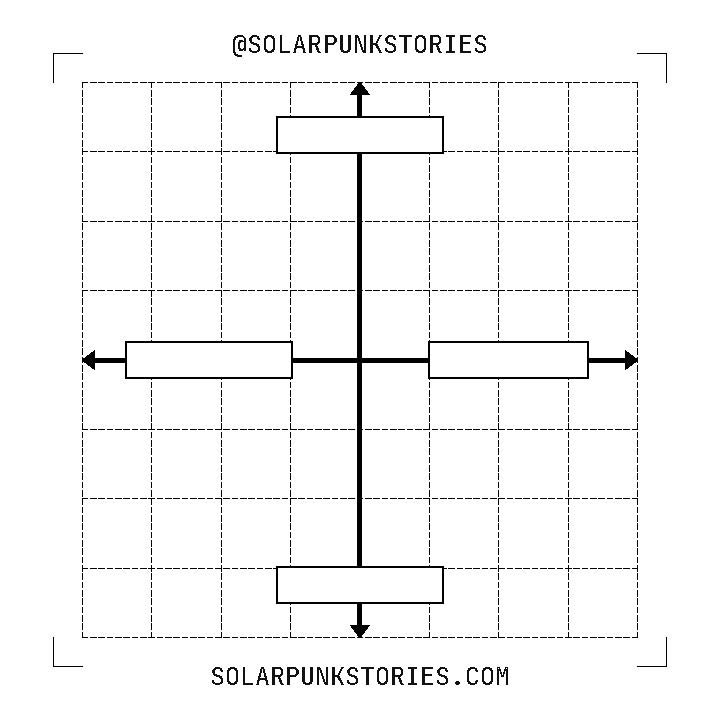A quietly solarpunk film
By Alastair Ball
A soothing solarpunk change to more bombastic sci-fi epics, After Yang is a meditative exploration of identity, life, and family in a near-future Earth.
The film centres on a family in the future: Jake (Colin Farrell), Kyra (Jodie Turner-Smith), their adopted daughter Mika (Malea Emma Tjandrawidjaja), and Mika's robotic companion Yang (Justin H. Min). Yang's role is to be a companion for Mika to help her connect her with her Chinese heritage.
When Yang malfunctions and dies Jake delves into Yang's memories, uncovering past lives. This exploration leads to questions about what being alive, in love and aware means for humans and sentient machines in a way that is similar to one of the other solarpunk films we’ve reviewed, Her.
Like Her it's a far cry from the depiction of computer sentience as seen in the Terminator or Matrix. Depicting technology being used in a context designed to enhance rather than detract from human wellbeing is one way this film is our shade of solarpunk.
Another is how the characters we see in the film enjoy a high quality of life. There are no depictions of poverty or gross inequality you often get in more dystopian movies. Artisanal professions still exist too. Jake runs a stylish tea shop where he crafts bespoke looseleaf blends. Other families depicted in the film are diverse, non-traditional, and accepting.
One of the ways the film is most solarpunk is its aesthetic with sustainability woven into the world-building. The characters inhabit a beautiful world, blending nature with stylish architecture and interiors. Self-driving vehicles or public transport pods have plants in them.
The bungalow where our main characters live is built around a tree, reflecting their connection to nature. Clothing choices lean towards natural fibres weaved into Asian-style robes and kimonos. The city skyline combines futuristic buildings with abundant greenery.
In a way that has a lot in common with Her, the heart of this film is less about solarpunk and more about identity, relationships and even what to live for. The deliciously sustainable future we see is a setting for this profound and moving tale of love, loss and life. If you’re open to quieter, more contemplative sci-fi, After Yang is a film I strongly recommended.
By Alastair Ball












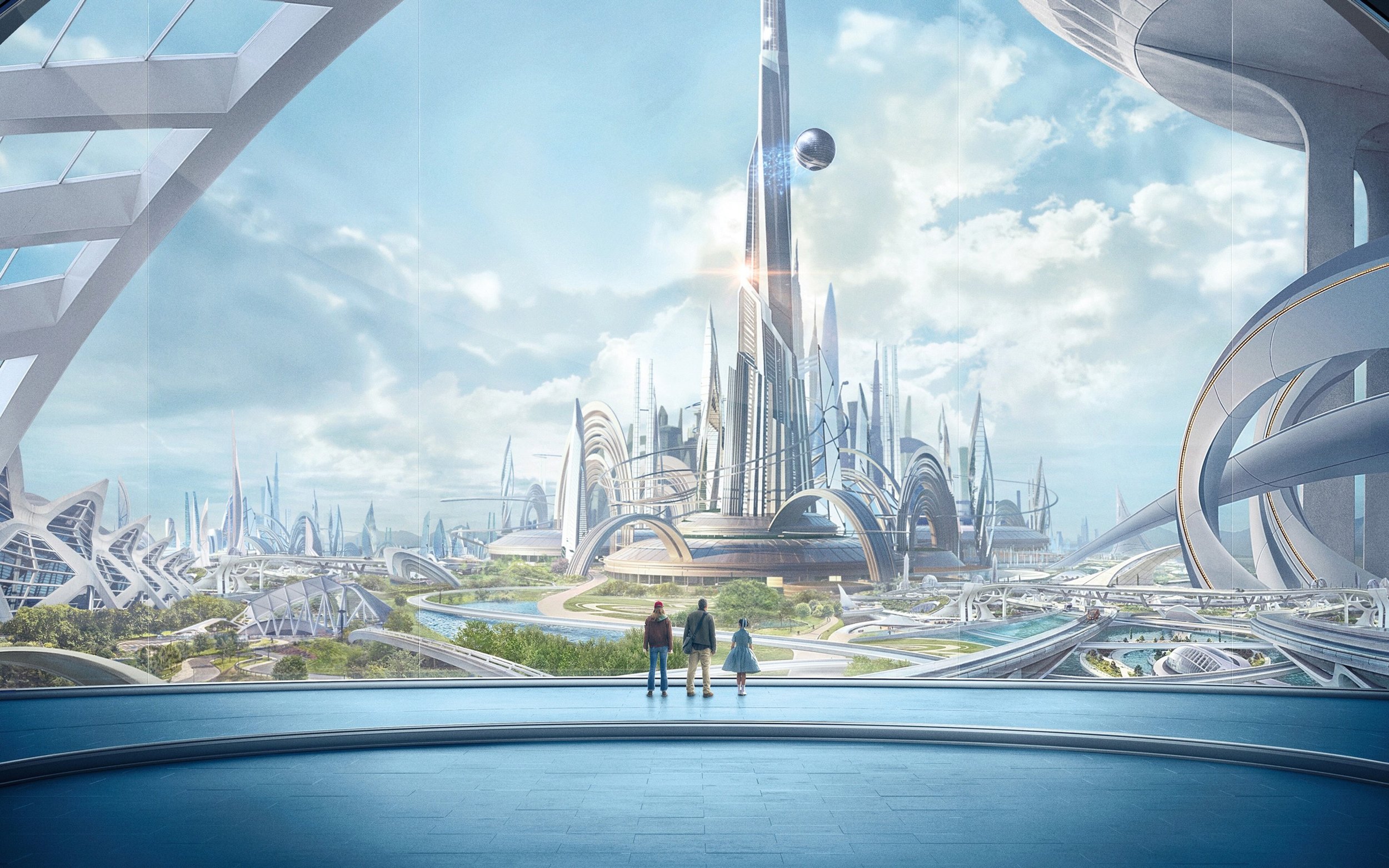




















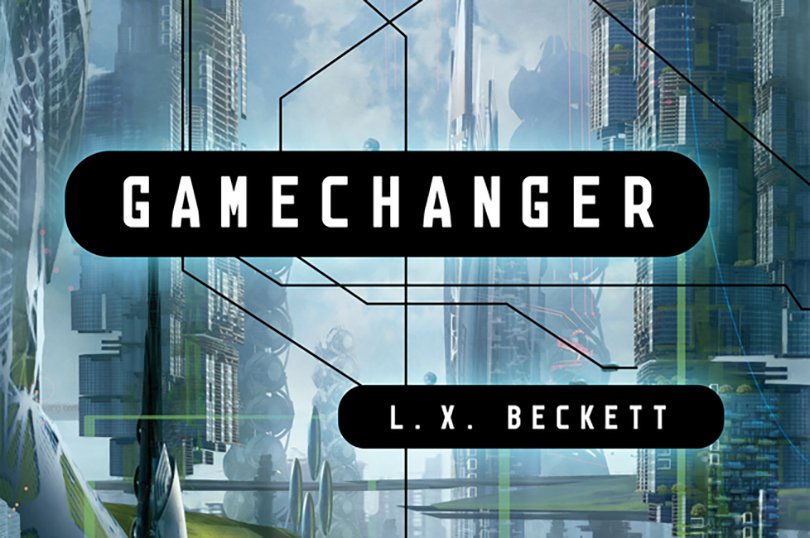




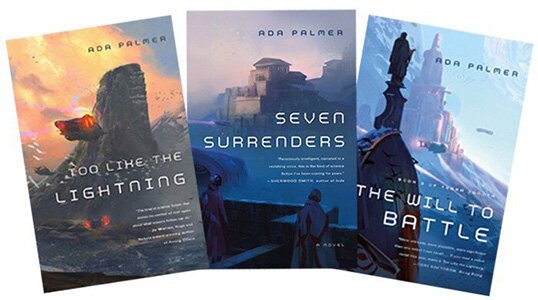

































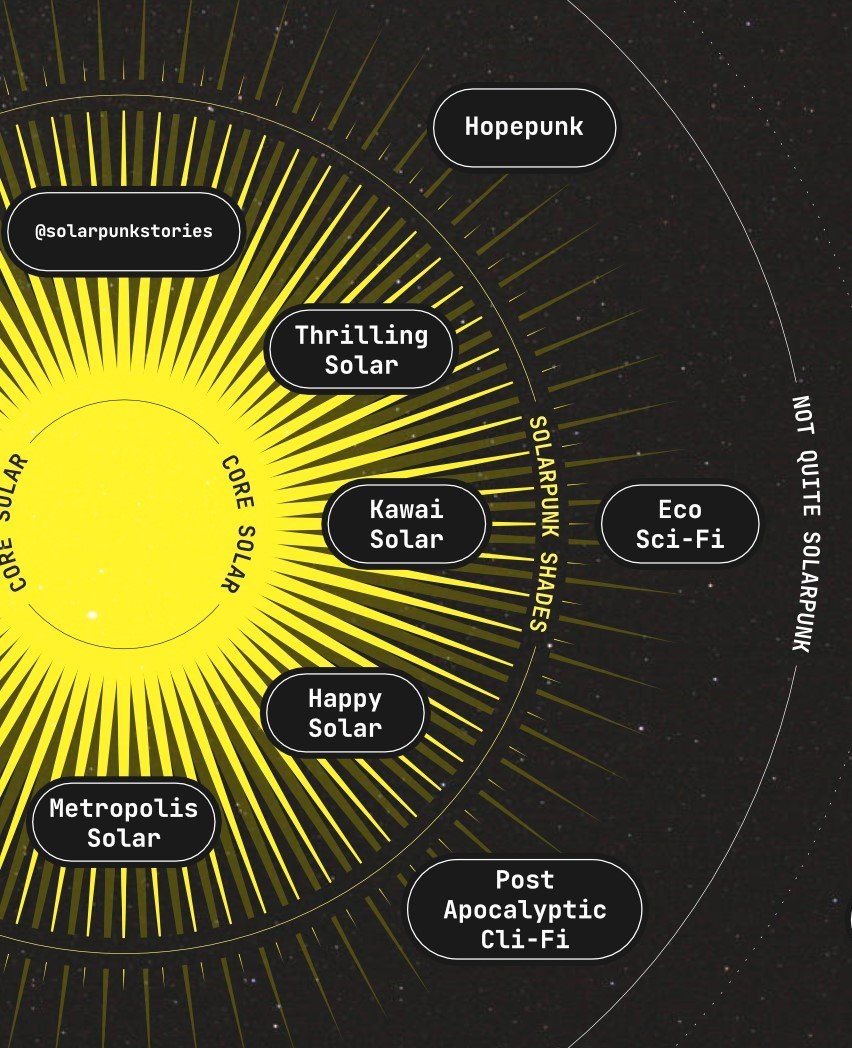












![The SolarPunk Stories sun [IMAGE: Claire Alexis for SolarPunk Stories]](https://images.squarespace-cdn.com/content/v1/5cda5a0ec2ff616e812b9450/fd96b247-f28e-4c6f-9999-1f7f6f396a12/SOMETIMES+LABELLED+AS%2C+BUT+NOT+REALLY%2C+SOLARPUNK.jpg)








